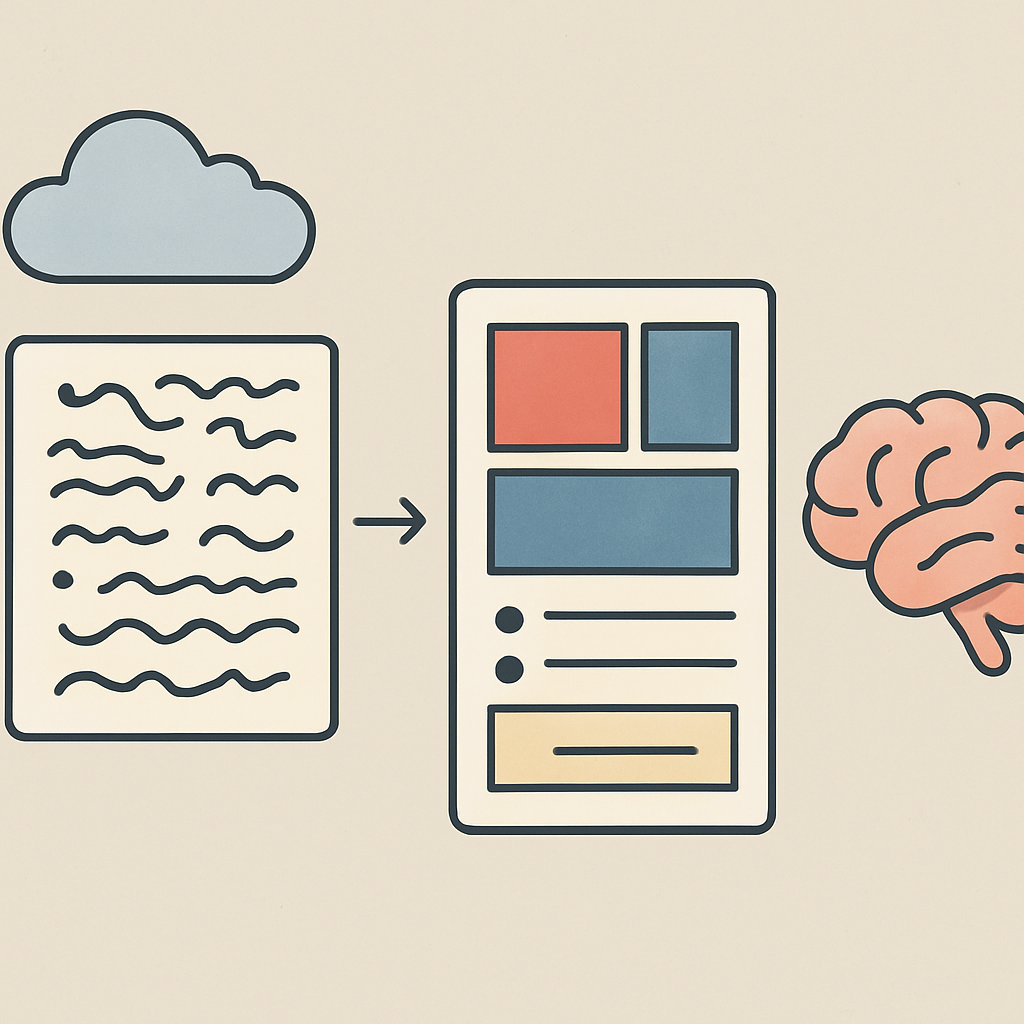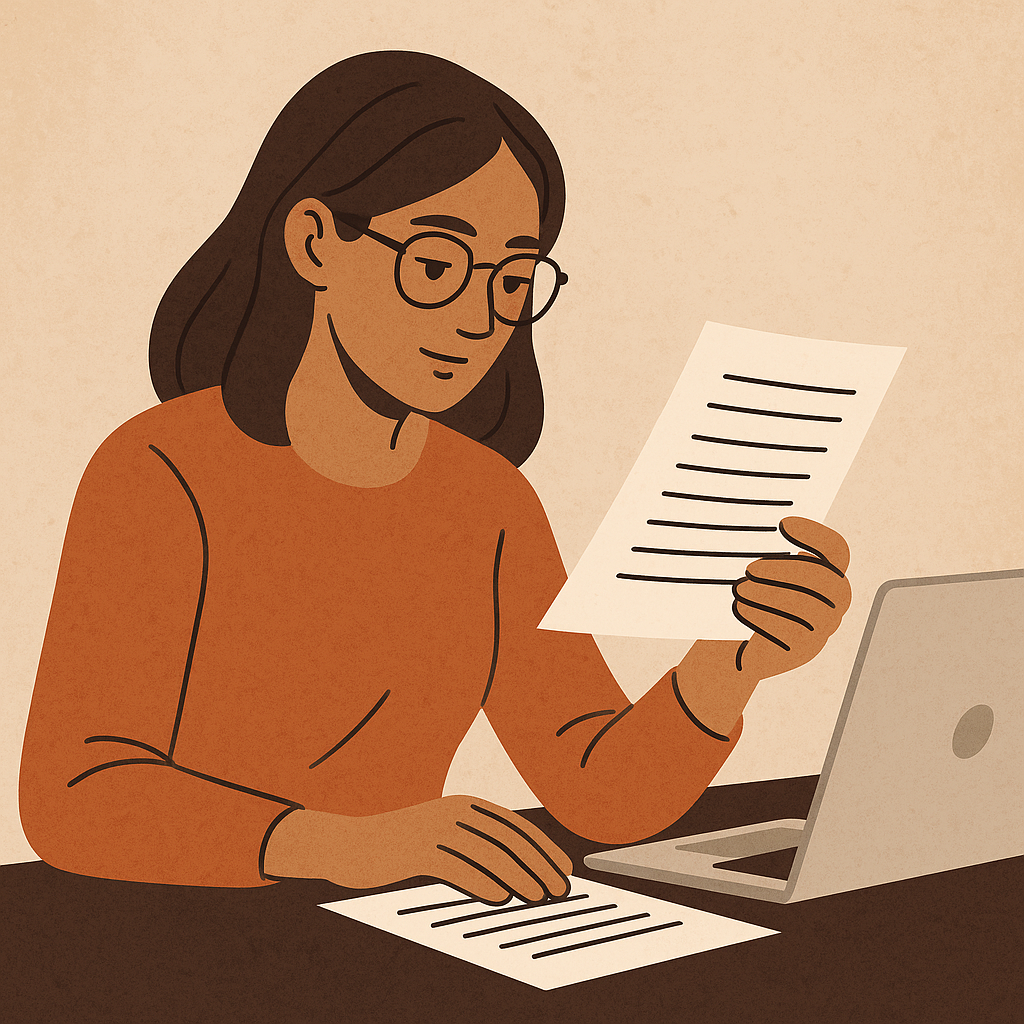Managing browser windows might seem mundane—but organizing digital tabs can be a powerful lesson in reclaiming focus. In this guide, you’ll learn practical strategies to minimize distractions, streamline your work, and regain control of your attention.

Why Digital Tab Clutter Breaks Focus
In modern workflows, juggling dozens of open browser tabs is par for the course. Yet, this habit often disguises itself as productivity while disrupting real concentration. Research shows that handling numerous tabs causes cognitive overload, forcing frequent context-switching that resets your brain’s focus each time you switch—costing up to 20 minutes to regain full focus after each distraction.
Beyond slowing work, tab overload spikes stress—one study found that students with too many open tabs had up to 40% lower productivity and more stress. When we open a new tab, it’s rarely to finish a task—it’s often a distraction disguised as a starting point.
That leads to “continuous partial attention,” where our mental energy is scattered across tasks, compromising memory, decision-making, and satisfaction.
It’s clear: organizing digital tabs isn’t just a neat habit—it’s a lesson in rebuilding focus.
The Psychology Behind Tab Overload
Tab hoarding often reflects anxiety and fear of losing information or missing something important bhg.com. But by encouraging constant task-switching, it ironically undermines productivity.
Research in media multitasking shows heavy multitaskers process less and lose accuracy and focus. A landmark study (Stanford, 2009) found they were slower to detect changes and more prone to distraction.
Another factor: dopamine. For users with ADHD, switching tabs can trigger small reinforcement rewards—brief focus bursts that feel satisfying but disrupt long-term attention.
Conclusion: organizing digital tabs combats a cycle of distraction, stress, and mental fatigue.
Case Study: Tab Tools That Help Focus
Modern browser tools and extensions make tab management easier:
- OneTab / Workona: Consolidate open tabs into a list for later—reducing clutter quickly.
- Skipper: Automatically groups tabs by topic, helping you pick a context and stay there.
- xTab: Limit your browser to a set number of tabs. Try to open one too many, and the extension prevents it—forcing you to reflect wired.com.
These tools follow principles of Calm Technology, minimizing how often you’re pulled into distraction and reinforcing focus naturally.
Practical Guide: Organize Digital Tabs for Focus
Here’s a step‑by‑step approach to tame your tab clutter and sharpen your concentration:
1. Audit Before You Act
- Count open tabs—this is your baseline.
- Ask for each: “Do I need this now?”
2. Invest in a Tab Tool
- Install OneTab or Workona to consolidate.
- For automation, try Skipper to group by task.
- If impulsive tabbing is an issue, use xTab to cap your count.
3. Set a Tab-Limit Rule
- For example: no more than 10 tabs open at any time.
- If you hit the limit, transform a tab into a bookmark or archive it.
4. Regularly Clean Up
- Clear tabs at day’s end or schedule weekly tab-review sessions.
- Reddit users do this: “part of my morning routine includes closing yesterday’s tabs… I also clear out my Downloads folder and my Desktop folder”.
5. Organize by Task, Not Topic
- When researching, group related tabs into sessions (e.g., “Market Analysis May 2025”).
- Tools like Workona and Skipper support this grouping.
6. Use Bookmarks Thoughtfully
- Instead of leaving tabs open, use a “Read Later” bookmark folder.
- Name folders by date and theme, so tasks don’t clog the foreground.
7. Perform Deep Work Sessions
- Enable full‑screen mode and close all tabs except the one you’re working on.
- This minimizes visual distractions and helps you enter a flow state.
Habit Formation and Attention Management
Organizing digital tabs isn’t just a tech trick: it’s part of building an attention-focused mindset. Here’s why it works:
- Interruption prompts reflection. Tools like xTab or full-screen mode create gentle friction—giving you a moment to ask, “Do I really need this?” .
- Attention management principles support this. Minimizing external distractions is fundamental to maintaining focus.
- Goal-based grouping helps you stick to a task mindset. When you assign tabs to sessions/topics you’re focused on, jumping between tasks becomes a conscious, intentional choice—not accidental.
These strategies align with dual systems theory in self‑regulation: you’re supporting your brain’s more deliberate system (System 2) rather than its reactive impulses (System 1).
Conclusion: Focus Through Tab Hygiene
Organizing digital tabs teaches us a valuable lesson: focus isn’t free—it’s a habit we build through structure. Each time you declutter, group, or limit your tabs, you’re reinforcing the mental muscles that fight distraction.
By embracing tab organization, you’re not just cleaning your browser—you’re designing a calmer digital workflow. This leads to deeper concentration, better-quality work, and less stress.
References
Martelli, L. (2025, April 25). Boosting Productivity in the Digital Era: Smart Ways to Manage Browser Tabs Efficiently. Readability. Retrieved from https://www.readability.com/boosting-productivity-in-the-digital-era-smart-ways-to-manage-browser-tabs-efficiently wired.com+4hackingyouradhd.com+4skipper.co+4readability.com
Curb, W. (2021, February 22). Digital Declutter: Tabs, Tabs, And More Tabs. Hacking Your ADHD. Retrieved from https://www.hackingyouradhd.com/podcast/digital-declutter-tabs-tabs-and-more-tabs hackingyouradhd.com
Stanford University study (2009). Media multitasking: Cognitive control in heavy multitaskers. Proceedings of the National Academy of Sciences. Retrieved from https://en.wikipedia.org/wiki/Media_multitasking






